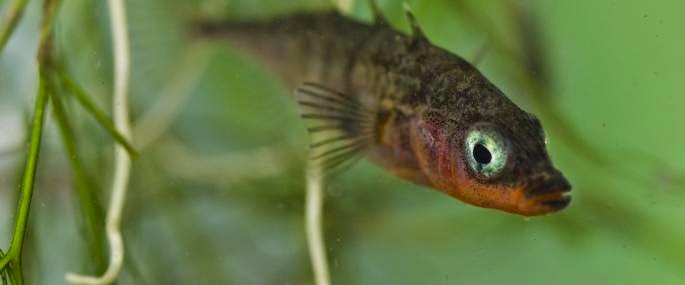There are many different spices of dragonfly and their
close relatives the Damselflies, which both come from the order Odonata. They can
be most commonly seen near ponds or other forms of still water. The form in which
we see dragonflies means that they are near the end of their life. For up to
two years the dragonfly remains an aquatic larvae before becoming the flying
insect in order to breed. The easiest way to tell a dragonfly from a Damselfly
would be the way they sit. When a dragon fly is at rest it will splay its wigs
out to the side, where as the Damselfly will fold its wings up. The easiest spices
of Dragonfly to find in the UK is the Common Darter. And the easiest Damselfly
would be the Common Blue Damselfly.
(r%2Bmb%2Bid%40768).jpg) |
| Common male Darter Dragonfly |
 |
| Common Blue Damselfly |
The Three-spined
Stickleback “or Gasterosteus Aculeatus” is a small inhabitant
of Britains waters. They are small fish that can be found just about everywhere
as they live in both freshwater and salt. They get their name from the row of
spins along there back, despite there not always being three. The spines line there
back to protect them from predators which may dive at them E.G. birds. Stickleback
males will look after the eggs when breeding is complete. They will even stay
with their hatched young for a short time.
%2BJack%2BPerks.jpg) |
| three spined stickleback or Gasterosteus Aculeatus |
(r%2Bmb%2Bid%40768).jpg)

%2BJack%2BPerks.jpg)
No comments:
Post a Comment